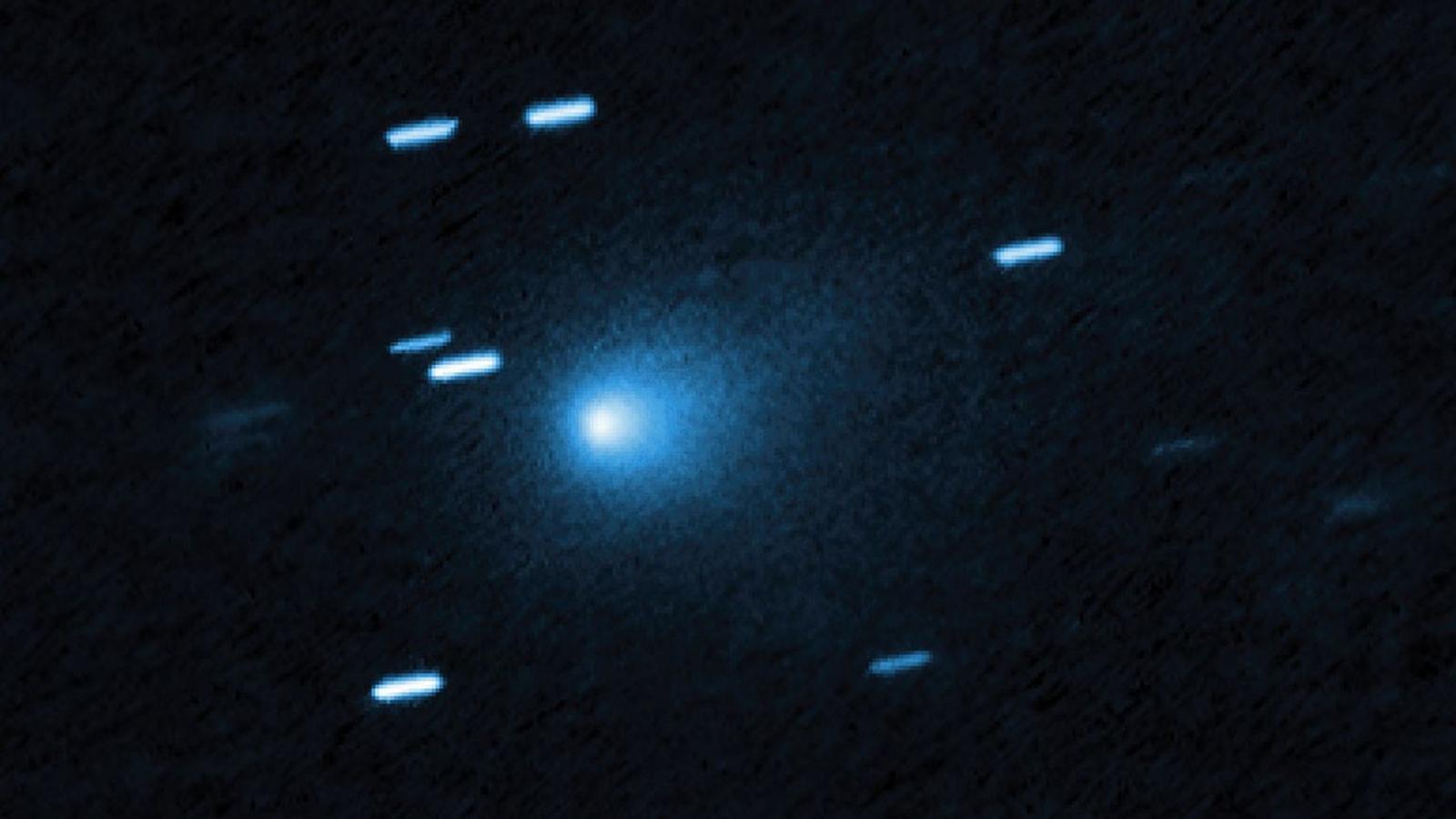Exploring Interstellar Comet 3I ATLAS

Introduction to 3I ATLAS
Interstellar comet 3I ATLAS has captured the attention of astronomers and space enthusiasts alike due to its unique origins and spectacular journey through our solar system. Officially designated as C/2019 O1 (ATLAS), this comet is notable as it is among the first confirmed interstellar visitors to our solar system, providing valuable insights into the building blocks of our galaxy.
The Discovery
Discovered by the Asteroid Terrestrial-impact Last Alert System (ATLAS) on July 2, 2019, 3I ATLAS was first identified while it was travelling through the inner region of our solar system. Observations quickly indicated that its trajectory suggested it had originated from outside our solar system. This observation was validated by further observations from a variety of telescopes, confirming its interstellar origin.
Characteristics and Composition
3I ATLAS is distinguished by its elongated shape and a relatively low brightness, indicating that it is not a dense body but rather a loose collection of ice and dust. Preliminary studies suggest it could be composed of organic materials, making it a subject of intense study among scientists interested in the origins of life and the formation of planetary systems. The comet reached its closest approach to Earth in May 2020, allowing astronomers to gather a wealth of data.
Path Through the Solar System
The comet’s path took it past several notable celestial bodies as it washed through the solar system, ultimately on a hyperbolic trajectory that is expected to see it exit our solar system entirely. This means that 3I ATLAS, unlike other comets, does not have an orbital path that will bring it back into the solar system after its visit. Its journey is a testament to the dynamic and ever-changing nature of our cosmic neighbourhood.
Scientific Significance
The study of 3I ATLAS provides researchers with an opportunity to explore the properties of interstellar objects and their interactions with our solar system. The observations made during its passage are crucial for understanding not only the characteristics of comets but also the distribution of materials in our galaxy. As more interstellar objects are discovered, our comprehension of cosmic formation and evolution may change drastically.
Conclusion and Future Implications
The interstellar journey of comet 3I ATLAS has opened new avenues for exploration and understanding of not just comets, but our entire galaxy. The ongoing analysis of this unique object will likely reveal more about the origins of material in the solar system and the processes that influence planetary development. As astronomers remain vigilant for new interstellar visitors, the legacy of 3I ATLAS will serve as a benchmark for future discoveries, broadening our perspective on the cosmos.
